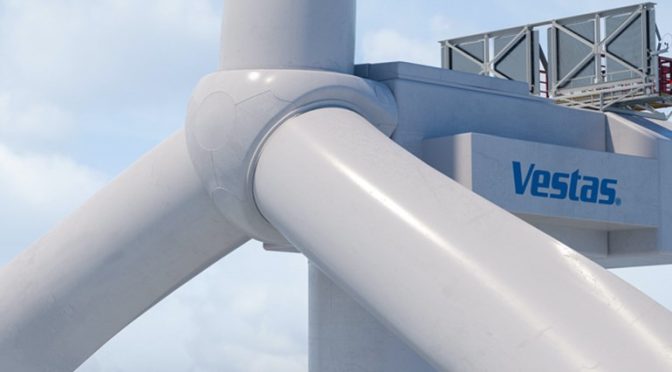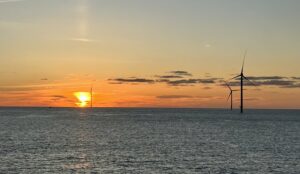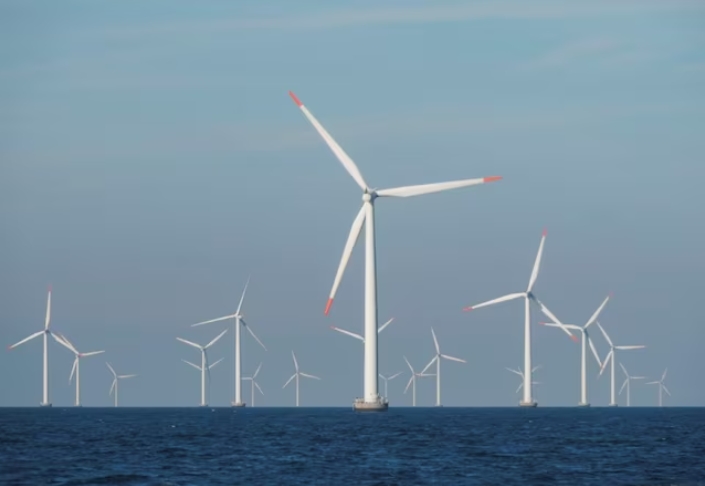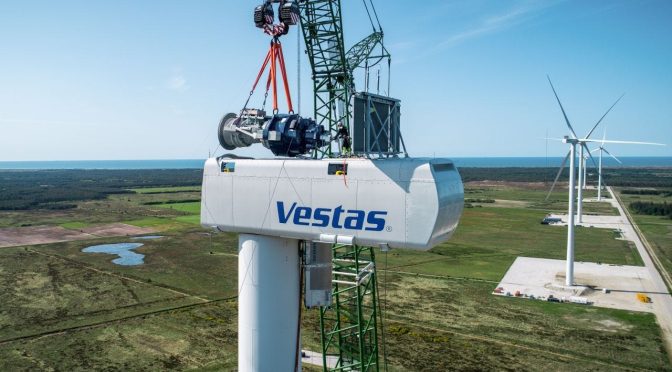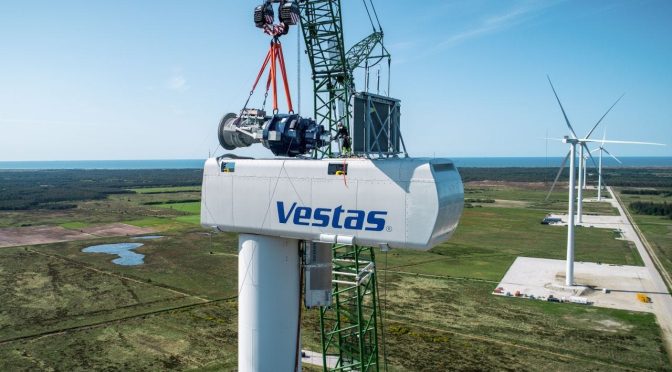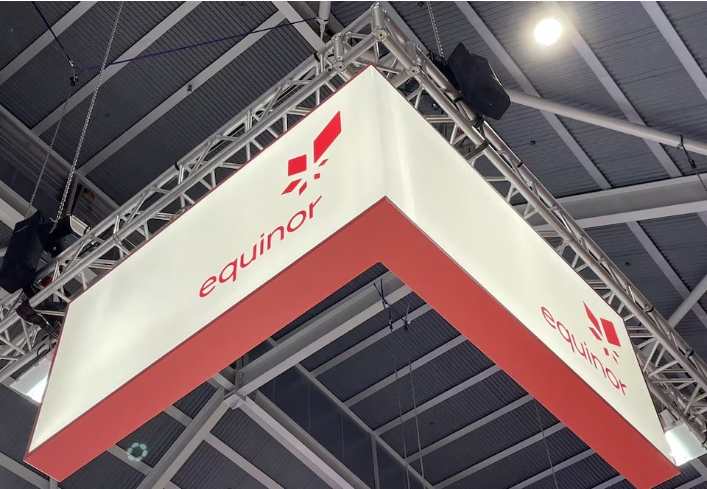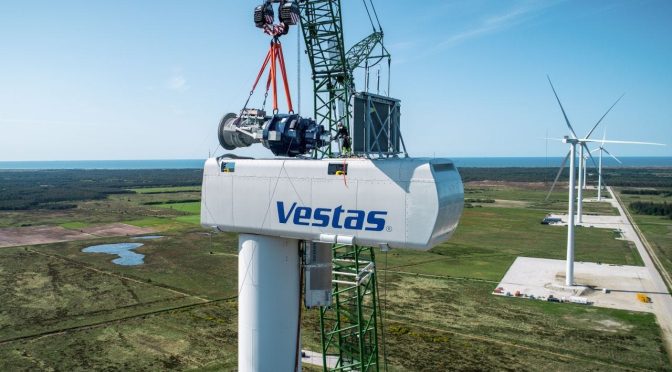A collaborative decommissioning project at the European Marine Energy Centre (EMEC) has completed the “forensic analysis” of a tidal energy tripod’s end-of-life condition.
![[Image: Colin Keldie]](https://www.world-energy.org/uploadfile/2021/0402/20210402021813833.jpg) [Image: Colin Keldie]
[Image: Colin Keldie]
The study gained a comprehensive understanding of the end-of-life condition of the tripod, assessing the long-term effect of deploying components and systems in the challenging high velocity environment at EMEC’s Fall of Warness tidal energy test site.
The tripod had been submerged for approximately 11 years during which two tidal turbines had operated on it.
Significant learnings have been collated and two reports published to provide feedback and design guidelines to the offshore renewable energy industry, enabling developers to minimise decommissioning costs and de-risk future projects.
The first report highlights supply chain lessons regarding the tools required to cut and lift the tripod from the seabed in high tidal currents.
The second report focuses on learning for the design and manufacture of the foundations themselves with regard to biofouling, corrosion and metals.
EMEC operations and maintenance manager John Skuse said: “Decommissioning is a critical part of the lifecycle of ocean energy projects, however it’s not yet well explored, as relatively few ocean energy technologies have progressed to the decommissioning stage following long-term deployment.
“It is imperative that decommissioning is managed carefully, including design stages, installation, performance, right through to decommissioning.
“As the industry continues to develop and mature, the ability to decommission devices efficiently and cleanly will be instrumental in ensuring site utilisation is maximised.”
EMEC contracted Orkney-based marine operations provider, Leask Marine, to remove the tripod foundation from the Fall of Warness test site.
The project required “continuous innovation” by the Leask Marine team during the cutting and retrieval operations.
Standard industry equipment used in offshore subsea oil and gas would have been unable to withhold the strong currents.
Leask Marine’s engineering team therefore designed and fabricated a new robust cutting tool support frame to hold the tool in place on the pile with sufficient grip to control the turbulent drag forces.
The specifically designed frame had a buoyancy system added to help lift the 140 tonne structure from the seabed in one operation.
Leask Marine’s vessel then towed the frame and tripod to Hatston Pier in Kirkwall for forensic analysis, final cutting and disposal of parts.
Forensic analysis was carried out by Blackfish Engineering Design Ltd, the International Centre for Island Technology (ICIT) at Herriot Watt University, Rovco Ltd, Brunel Experimental Techniques Centre, and Brunel Centre for Advanced Solidification Technology.
The study found that all surfaces exposed to seawater current will be subjected to vigorous fouling.
It concluded that components that are expected to move, slide, or require clearance in any way must be designed assuming that biofouling will occur on all steel surfaces.
